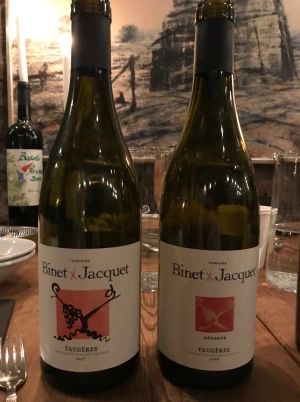 French-Swedish online wine merchant Caviste presented a release with some red wines from Domaine Binet-Jacquet, producer in the Faugères appellation in the south of France, in the Languedoc-Roussillon wine region.
French-Swedish online wine merchant Caviste presented a release with some red wines from Domaine Binet-Jacquet, producer in the Faugères appellation in the south of France, in the Languedoc-Roussillon wine region.
I’ve previously written about Caviste’s releases of Binet-Jacquet in 2015 and 2014 (then also with a short description of Faugères).
This also happened to be the 100th regular release (mixed cases of 6 bottles from the same producer) since the start of Caviste in (late?) 2011!
Wines tasted
2017 Domaine Binet-Jacquet Faugères 2017
30% Carignan, 30% Cinsault, 25% Grenache, 10% Syrah, and 5% Mourvèdre. Raised in tank 10 months (no oak).
A berry-dominated nose with blackberries, some animal notes, some liquorice, and some crushed rock. The palate is medium bodied(+) with a lot of berry notes of blackberries and “mixed fruit cordial” type of berries, good acidity, some tannins, a fresh style and an aftertaste which is simultaneously fresh and firm. A young wine, reasonably approachable now, but could probably develop, 87(+) p.
2016 Domaine Binet-Jacquet Faugères Réserve
30% Carignan, 25% Mourvèdre, 25% Syrah och 20% Grenache. Partly raised in oak and partly in used oak barrels for 22 months.
A powerful nose with mixed dark berries including blackberries and dark plums, some spice notes, some animal notes, and some tar. Hints of development and more nuance as well as some discrete oak. The palate is medium bodied+ and berry-dominated with good concentration of aromas, blackcurrants, a high and prominent acidity, stony and chalky mineralogy, slightly more than a medium level of tannins that are currently quite prominent, and a firm aftertaste. Young, the palate definitely comes across as younger than the nose at present. Should be cellared by anyone who doesn’t prefer tannic and firm wines, 88+ p.
Of the two wines this gives a bit more of an impression of ripe berries in the nose, but it is younger on the palate than the 2017. It is definitely produced in a style more made for cellaring.
As a comparison, we also got to taste the vintages 2013, 2011 and 2009 (the latter in magnum) of the Réserve. In general, the berry note came across as slightly less dark in these three, compared to the 2013, with more cherries and blackcurrants, and they showed slightly more flowery notes. The tannins and the acids were more integrated into the palate, which isn’t to surprising for wines with a bit more age. In my opinion, the 2013 hadn’t reached its peak yet, while the 2011 (my favorite) was fully approachable without yet showing fully developed notes. The 2009 was in a slightly riper and and sweeter style than the 2011 and had developed a bit more.
2013: More red-berried, could develop more, 88(+) p.
2011: Rather similar to 2013 in its notes, but more expressive. Approachble and nuanced, but doesn’t really show developed notes, 89-90 p.
2009 (from magnum): Shows a bit of a “hot vintage” character absent in the other three. Approximately at the same stage as the 2011, but a slightly more developed nose. 88-89 p.
Swedish version of this post


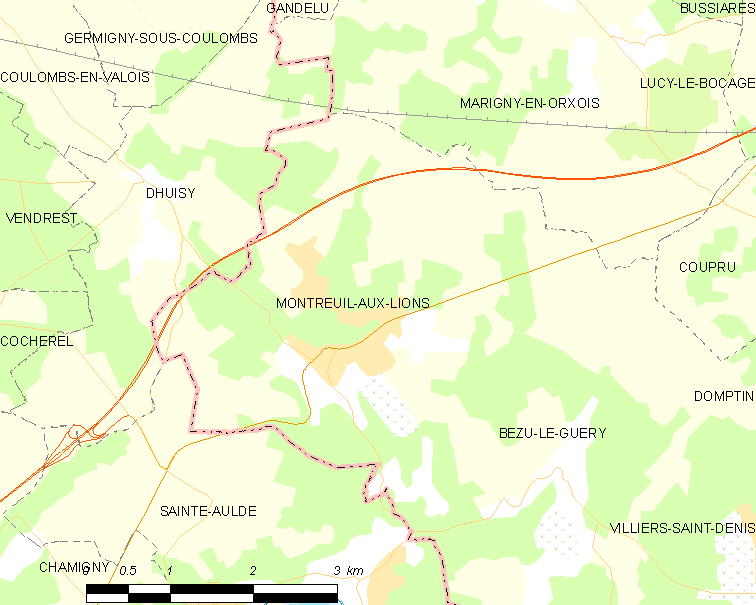

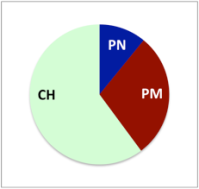

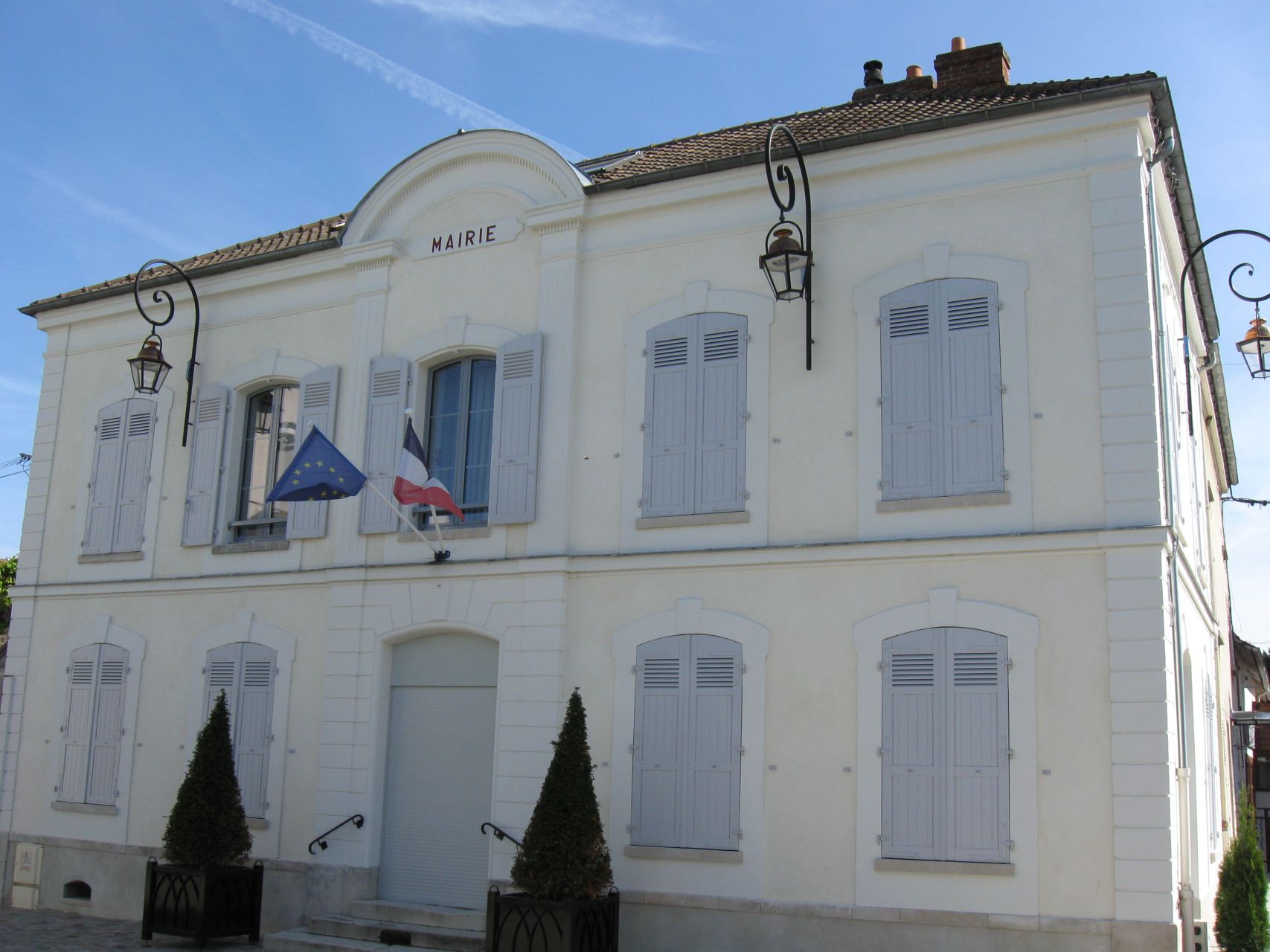




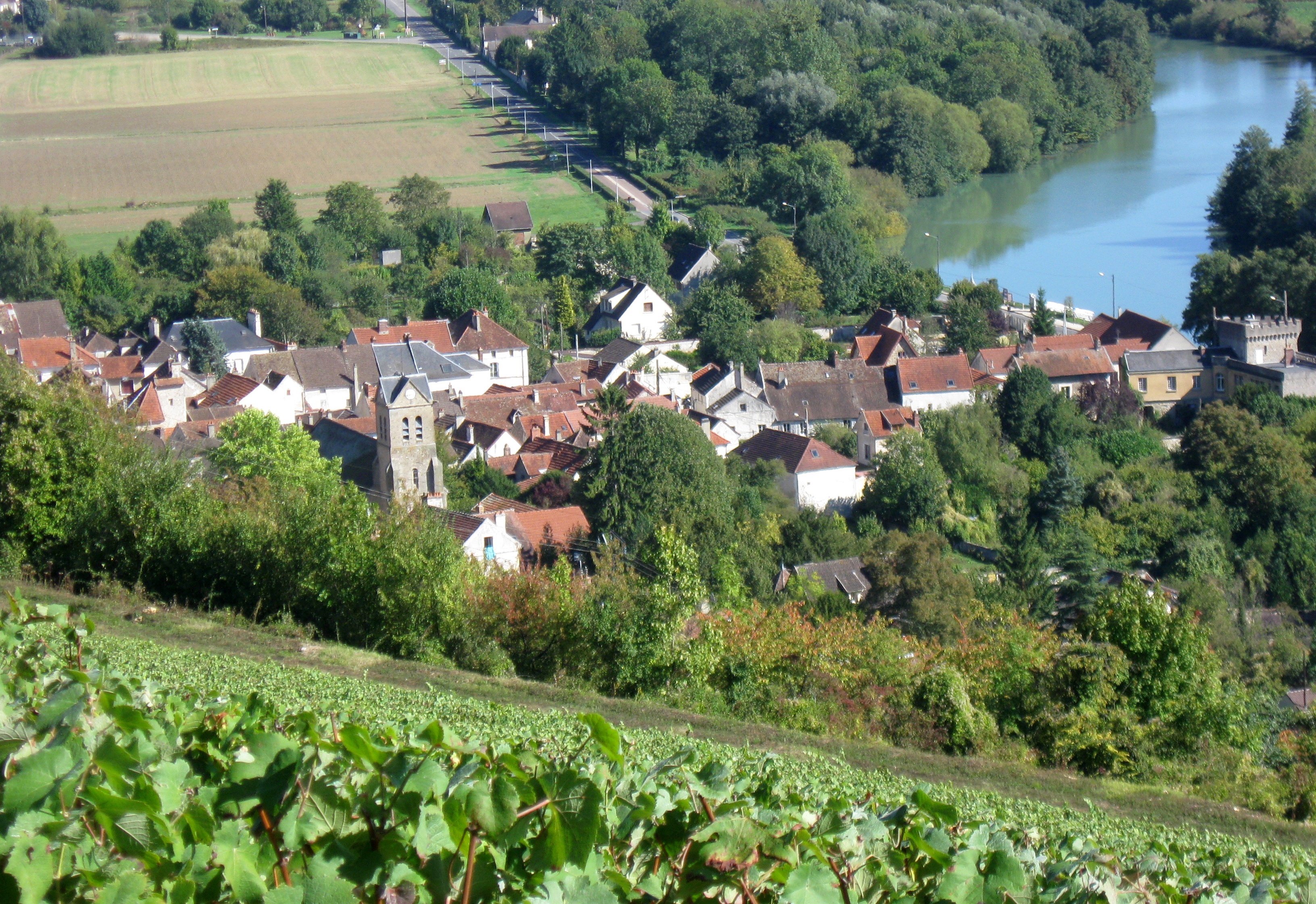

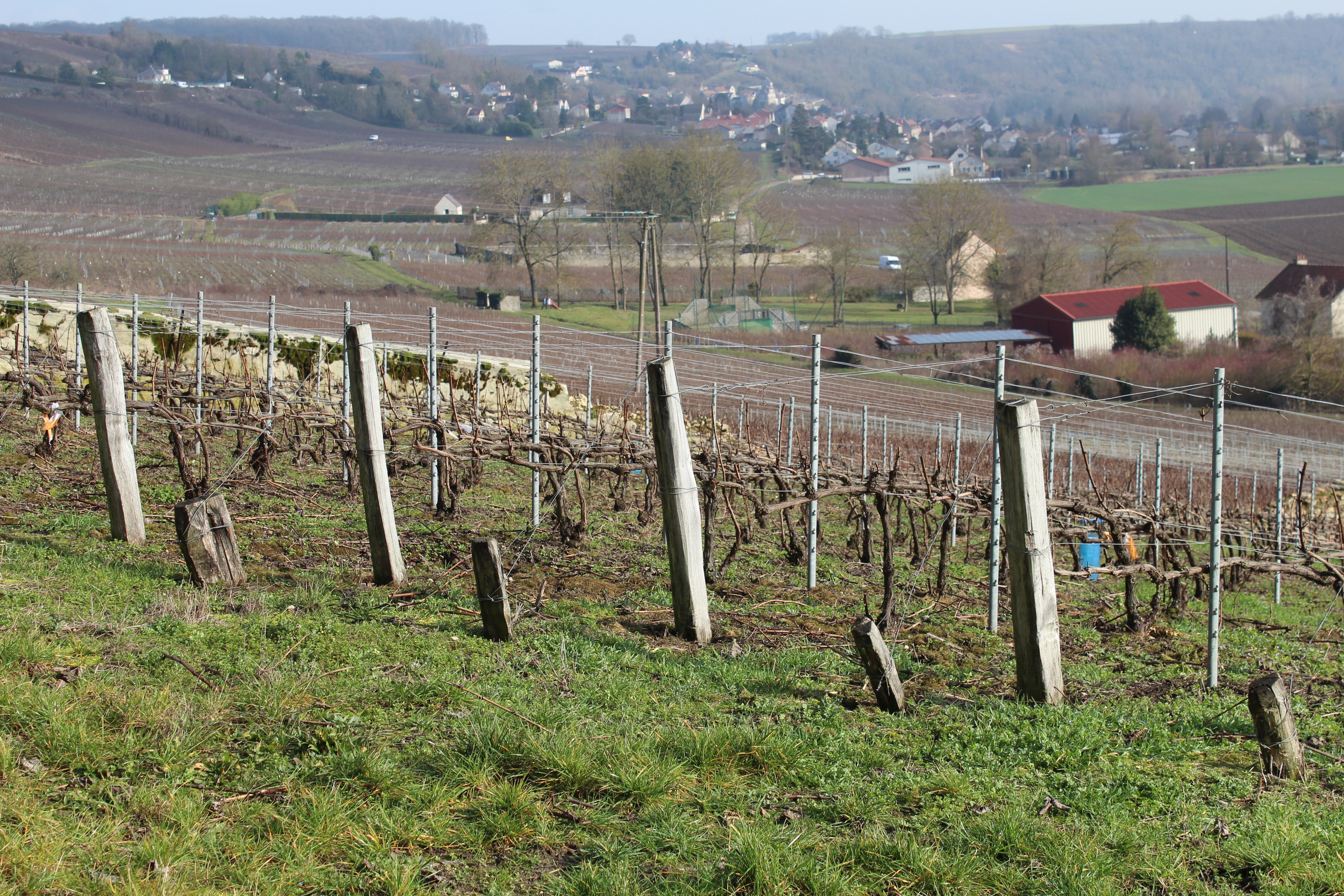

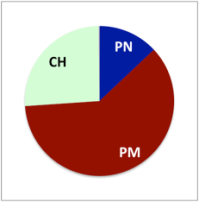

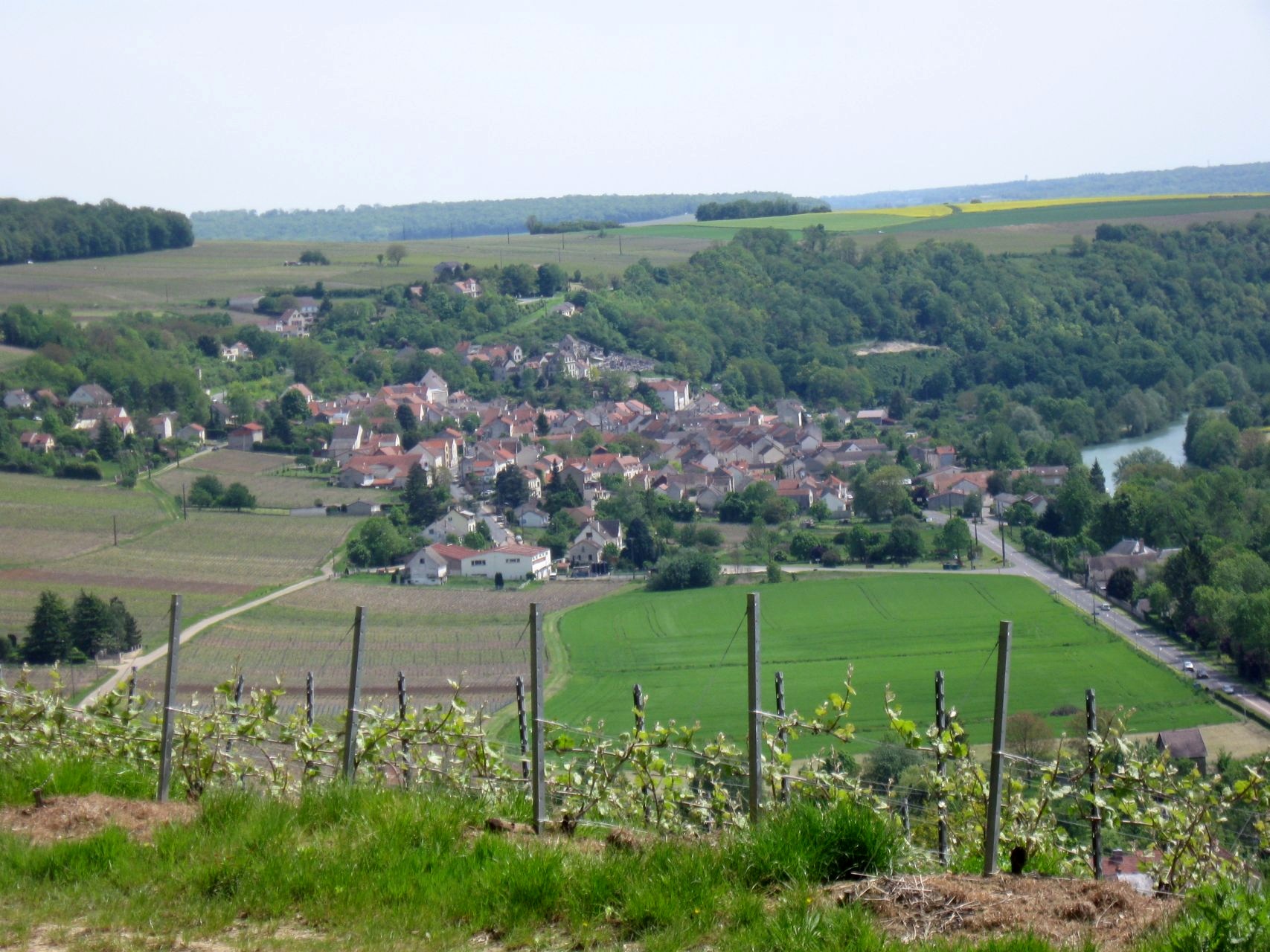


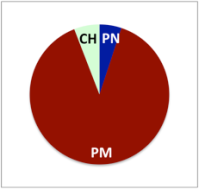
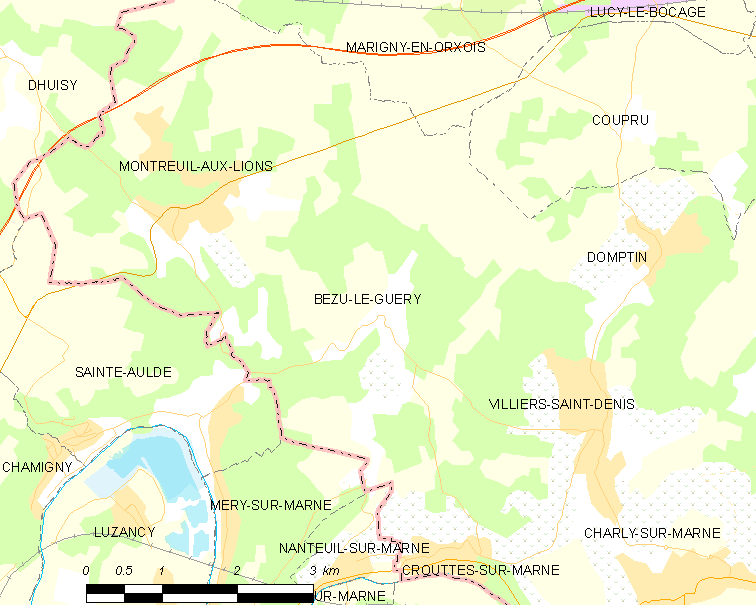

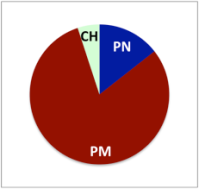



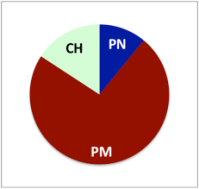
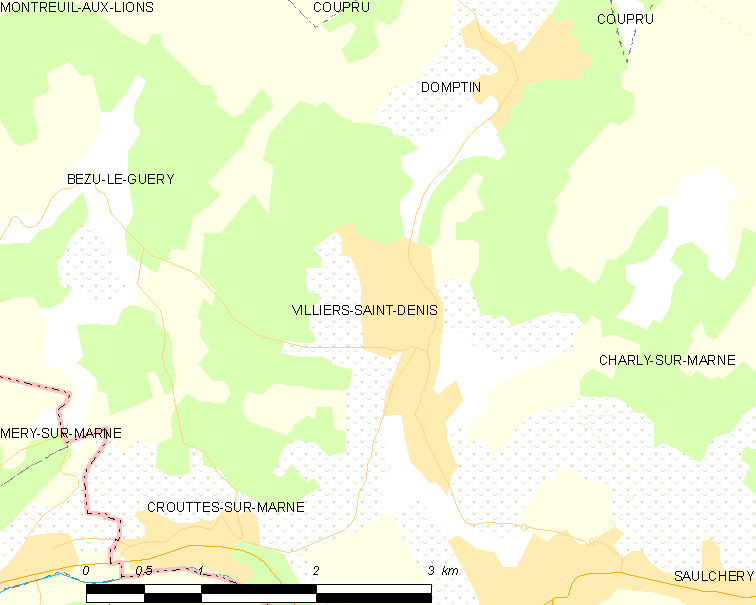


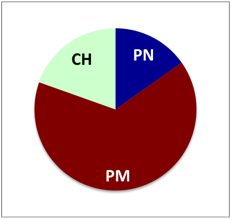 Key facts
Key facts

